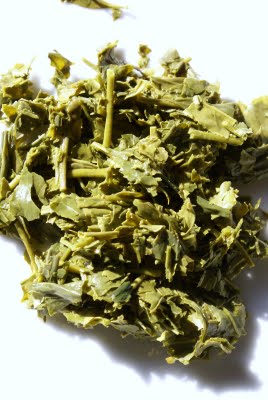(6) 2009 Shuei Shincha
2008 Gyokuro Kame-Jiru-Shi (O-Cha)
2008 Gyokuro Tama Homare (Marukyu)
2008 Kabusecha Takamado (Marukyu)
2008 Karigane Otowa (Marukyu)
2008 Sencha Miyabi (O-Cha)
2009 Shincha Fukamushi Supreme (O-Cha)
2009 Shincha Shigaraki (Marukyu)
2009 Shincha Uji Gold (Marukyu)
2009 Shincha Yutakamidori (O-Cha)
The 2009 Shincha Shuei is a competition grade tea – but more knowledgeable readers will have to enlighten me as to the status of the ‘All-Japan Competitive Tea Exhibition’. In any case it’s among the more expensive offerings from Marukyu but at ¥2,600 / 100g it’s hardly exorbitant.
The good people at Marukyu seem to have a preference for asamushi [short-steamed] teas. This is another very well-presented tea with intact leaves of a consistent dark emerald green colour, no fragmentation, no fannings. Visually it is similar to the 2009 Shigaraki and 2009 Uji Gold from the same merchant I’ve reviewed before. However there is a mild variation introduced in the aroma. This tea smells almost erotic – it is so intense, sweet and creamy, full and vegetal while staying really elegant. Smelling the freshly opened can is almost as satisfying as a proper brewing session. In the background there is some very pleasant baked bread light roast.
A standard session with 2g / 100ml, water at 70C and 60 seconds for the first infusion reveals a tea that is both typical and excitingly good. The colour is medium light with as many shades of green as of gold. Flavour-wise this is eminently fresh and has so much presence and subdued, understated intensity. The concentration of a cup of tea is largely a factor of your brewing parameters but what I define as ‘presence’ is derived from the leaf quality. I rarely wax lyrical but this shincha has a haunting finesse that makes the ‘liquid jade’ metaphor sound very adequate. The leafy, spinach-like vegetality of this tea (usual in any sencha) is subordinated to its evocative character of ripe summer fruits and flowers; for me, this is the hallmark of a truly exciting tea.
First infusion with ‘standard parameters’: 2g, 70C, 60s.
In my previous post on the 2009 Uji Gold from Marukyu I mentioned that with this low-steamed category of Japanese sencha green tea, in order to boost the flavour of your infusion, you have two options to depart from the ‘standard’ sencha brewing parameters: increasing leaf dosage and/or water temperature. Applying these with discrimination, you will obtain more body and flavour without extracting too much bitterness from the leaves. (Grassy, tangy bitterness and ‘fishy’ flavours are a reason why Japanese teas – a large portion of which is long-steamed, fukamushi – are usually steeped briefly from a small dosage of leaves). With this very high-quality Shuei tea, I came up with another solution.
I’ll call it ‘gyokuro technique’, in that it consists of treating sencha tea [made from leaves grown in full sun] a bit like gyokuro [a different grade of Japanese tea made from leaves that are shaded]. In my experiment I increased dosage to 4.5g of leaf / 100ml of water and increased steeping time to 2 minutes, but lowered the water temperature to 55C. In this way, extraction of colour, flavour and nutrients from the tea is changed into a ‘softer’ but ‘deeper’ one. The colour becomes a little more intense but keeps the same greenish-golden register. The aroma is a little more intense too, but again doesn’t change substantially. The major change affects the texture. The tea becomes really thick with a glutinous, oily feel to it, and there is a very distinctive brothy, salty character that is defined as umami [the fifth taste; see more about it in this post], although it’s a little more salt-driven than umami is usually considered to be. (When discussing the concept, I’m often told I should identify it as a flavour impression independent of saltiness).
The distinctive salinity of this 2009 Shuei shincha reminded me of a great mineral white wine from such places as Cinqueterre in Italy or Santorini in Greece. Its eminent quality is also confirmed when you brew it the wrong way. Heavily overbrewed with 85C water, this is shown packing in some considerable power for asamushi, but the bitterness it develops is clean and excitingly fruit-flavoured. Whereas the similarly profiled Shigaraki Shincha from Marukyu was a very tasty but eminently simple tea this has a lot of dimension. Is it three times better as the price would suggest? No. Would I buy it again at the same price? Very definitely so.


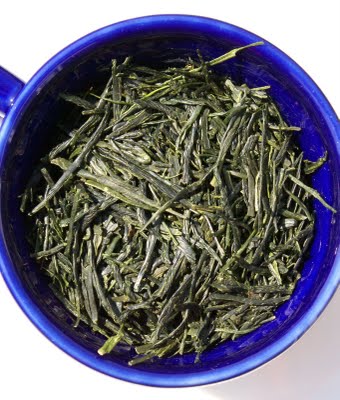 We are on totally different territory than the trio of O-Cha releases reviewed in the last few days (see links at top of post). This is very definitely an asamushi [short-steamed] tea, and the leaves are impeccable, dark emerald in colour, 100% intact, almost exclusively whole. It’s a rare sight among Japanese teas. It has an enjoyable aroma, rather light and elegant, sweet (melon), ungrassy but vaguely reminiscent of spinach, very lightly roasted; compared to the other 2009 shincha teas reviewed in this series, this Uji Gold introduces a sweet-spicy note of vanilla.
We are on totally different territory than the trio of O-Cha releases reviewed in the last few days (see links at top of post). This is very definitely an asamushi [short-steamed] tea, and the leaves are impeccable, dark emerald in colour, 100% intact, almost exclusively whole. It’s a rare sight among Japanese teas. It has an enjoyable aroma, rather light and elegant, sweet (melon), ungrassy but vaguely reminiscent of spinach, very lightly roasted; compared to the other 2009 shincha teas reviewed in this series, this Uji Gold introduces a sweet-spicy note of vanilla.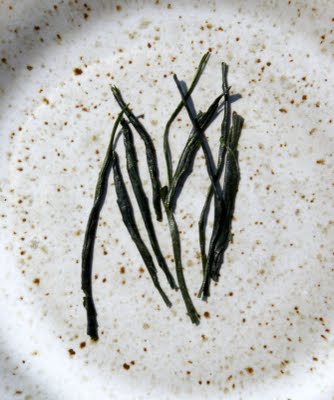 The dry leaf tells a lot about this tea’s characteristics and pretty much preannounces the ups and downs of actually brewing it. As much as I am aesthetically admirative of the leaf quality here, it’s a difficult tea to interpret. It has little to do with Japanese sencha as we know it. Brewed with standard parameters (2g / 120ml / water at 70C / 60–90 seconds) this yields a light greenish-golden colour, and the profile is very close to a continental Chinese green tea. Light-bodied, unpungent, vegetal (in the sense of green beans and spinach, not the more usual grass), with little fruit (melon); only a very minor reminiscence of brothy umami. This profile continues through the second brewing (where Japanese greens usually pack in more oomph). Perhaps a bit of creaminess to the texture (egg custard).
The dry leaf tells a lot about this tea’s characteristics and pretty much preannounces the ups and downs of actually brewing it. As much as I am aesthetically admirative of the leaf quality here, it’s a difficult tea to interpret. It has little to do with Japanese sencha as we know it. Brewed with standard parameters (2g / 120ml / water at 70C / 60–90 seconds) this yields a light greenish-golden colour, and the profile is very close to a continental Chinese green tea. Light-bodied, unpungent, vegetal (in the sense of green beans and spinach, not the more usual grass), with little fruit (melon); only a very minor reminiscence of brothy umami. This profile continues through the second brewing (where Japanese greens usually pack in more oomph). Perhaps a bit of creaminess to the texture (egg custard).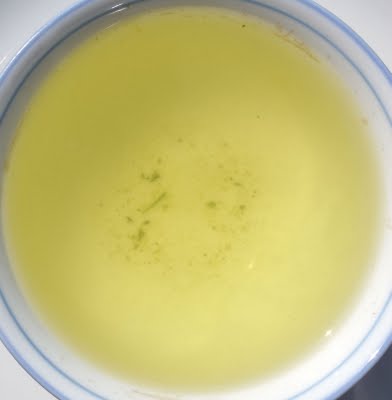
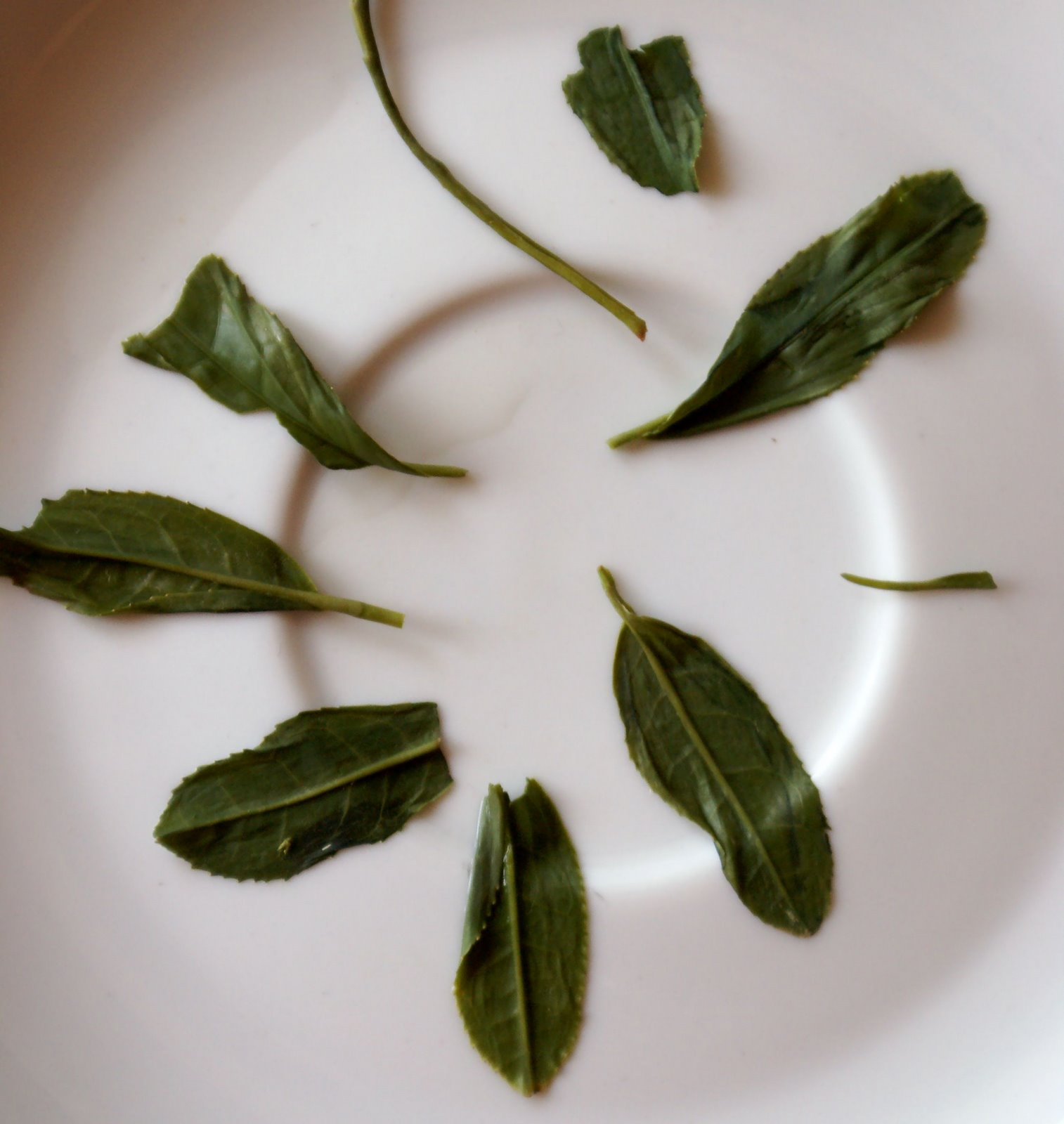
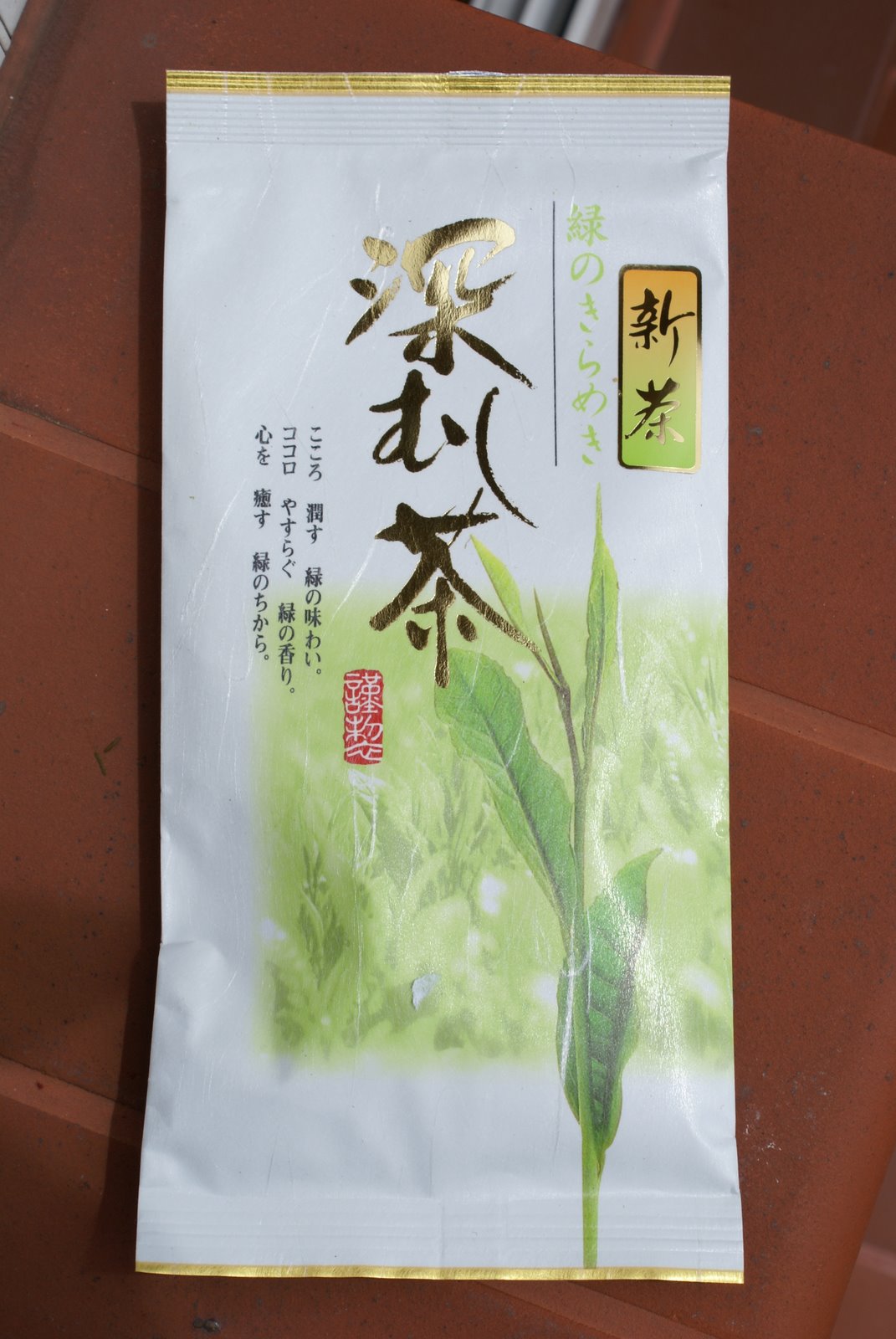
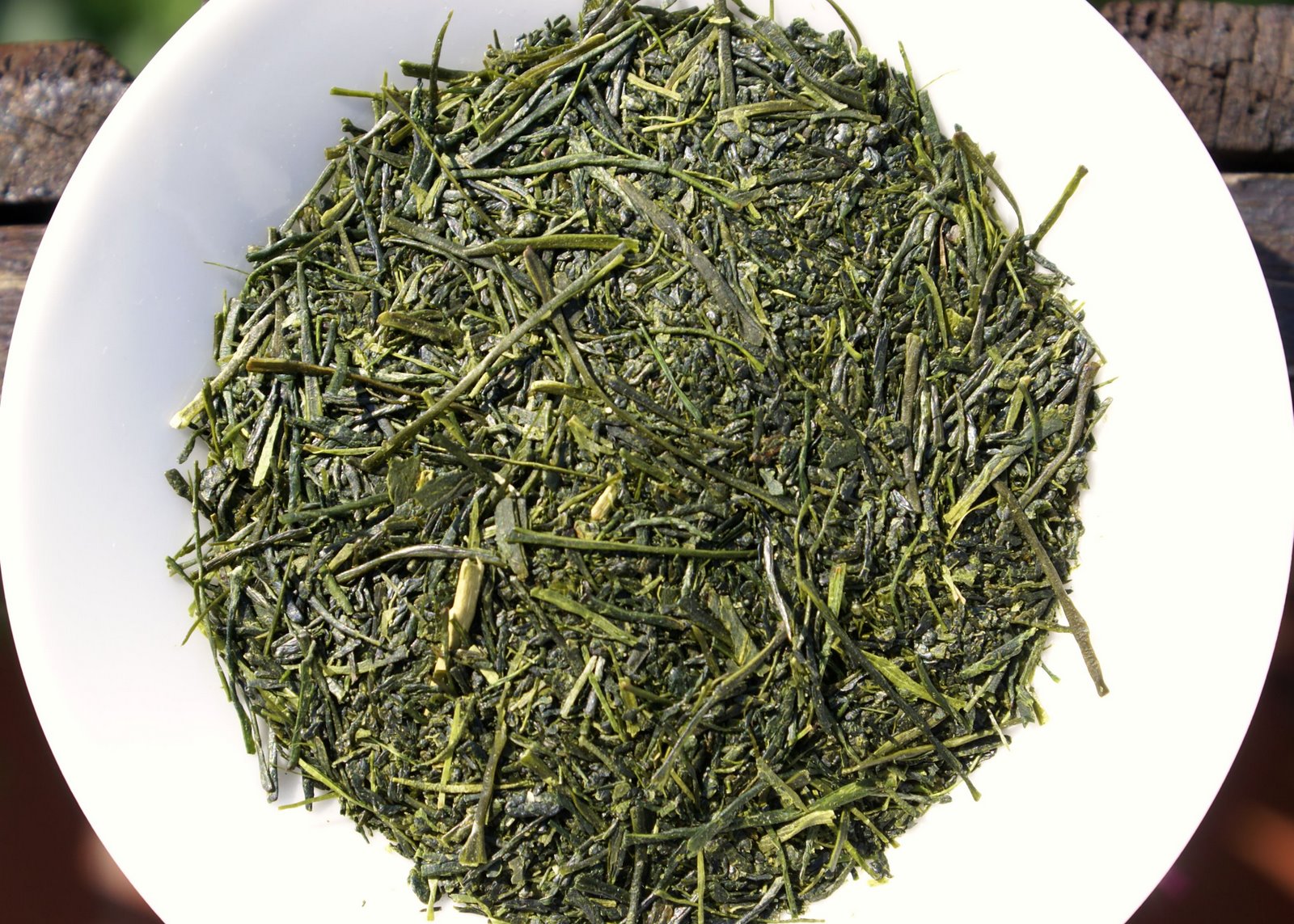
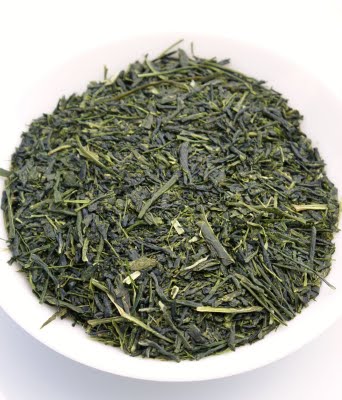
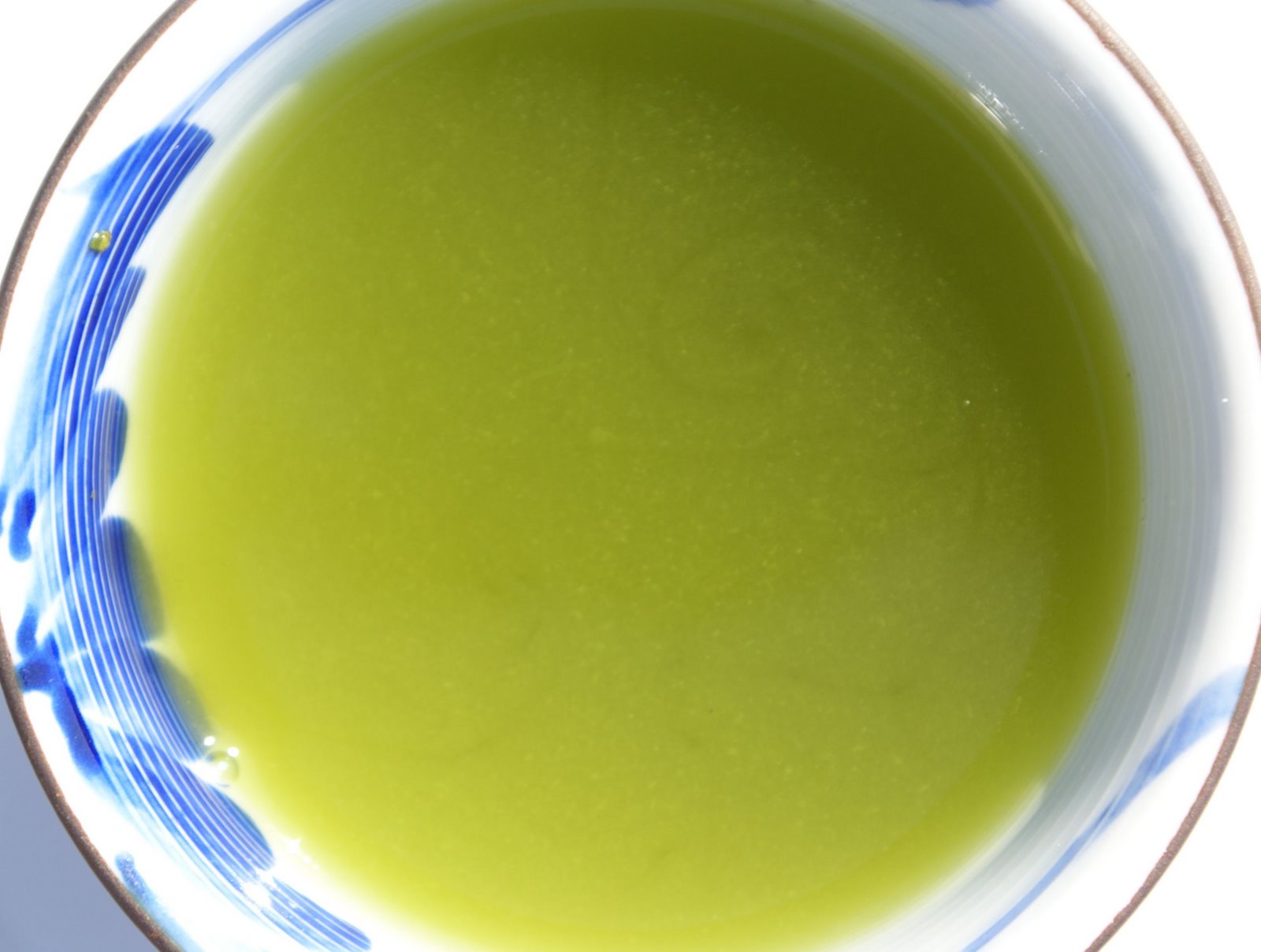
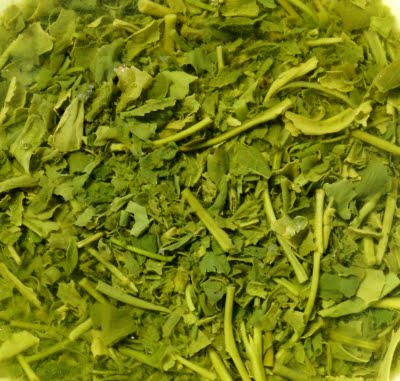 As an aside, it’s one of the most short-lived teas I’ve come across, in the sense of an obvious drop in quality and complexity within a few weeks from opening the (nitrogen-filled as per O-Cha declaration) pack. While my inaugural sessions revealed some limey and grassy tang on the finish and were fairly vivid, four weeks later I am left with a simpler, flatter profile. This is understandable, fukamushi being one of the most fragmented leaf teas out there, and with the higher surface of exposure to air it just loses freshness so much more quickly than whole-leaf stuff.
As an aside, it’s one of the most short-lived teas I’ve come across, in the sense of an obvious drop in quality and complexity within a few weeks from opening the (nitrogen-filled as per O-Cha declaration) pack. While my inaugural sessions revealed some limey and grassy tang on the finish and were fairly vivid, four weeks later I am left with a simpler, flatter profile. This is understandable, fukamushi being one of the most fragmented leaf teas out there, and with the higher surface of exposure to air it just loses freshness so much more quickly than whole-leaf stuff.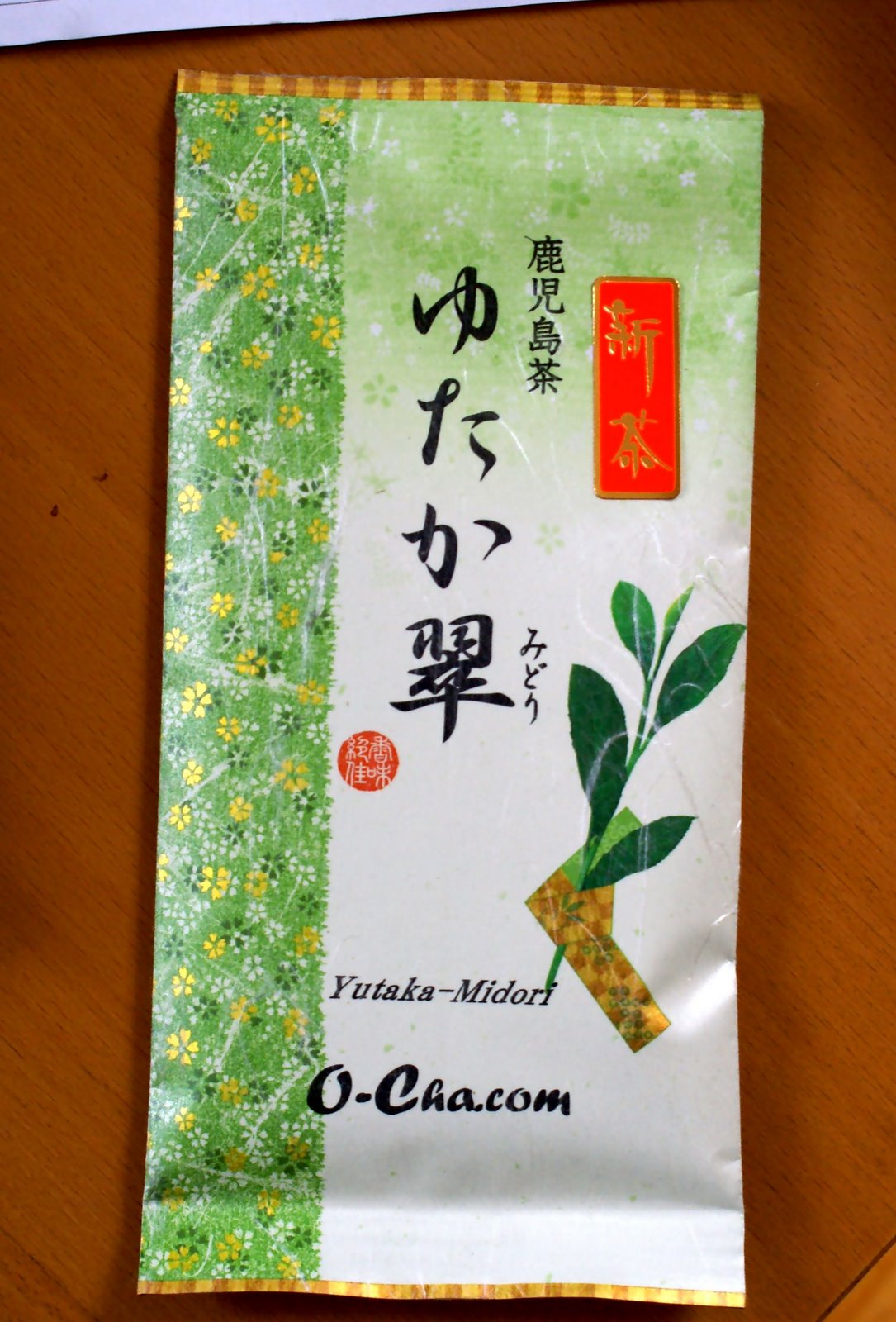
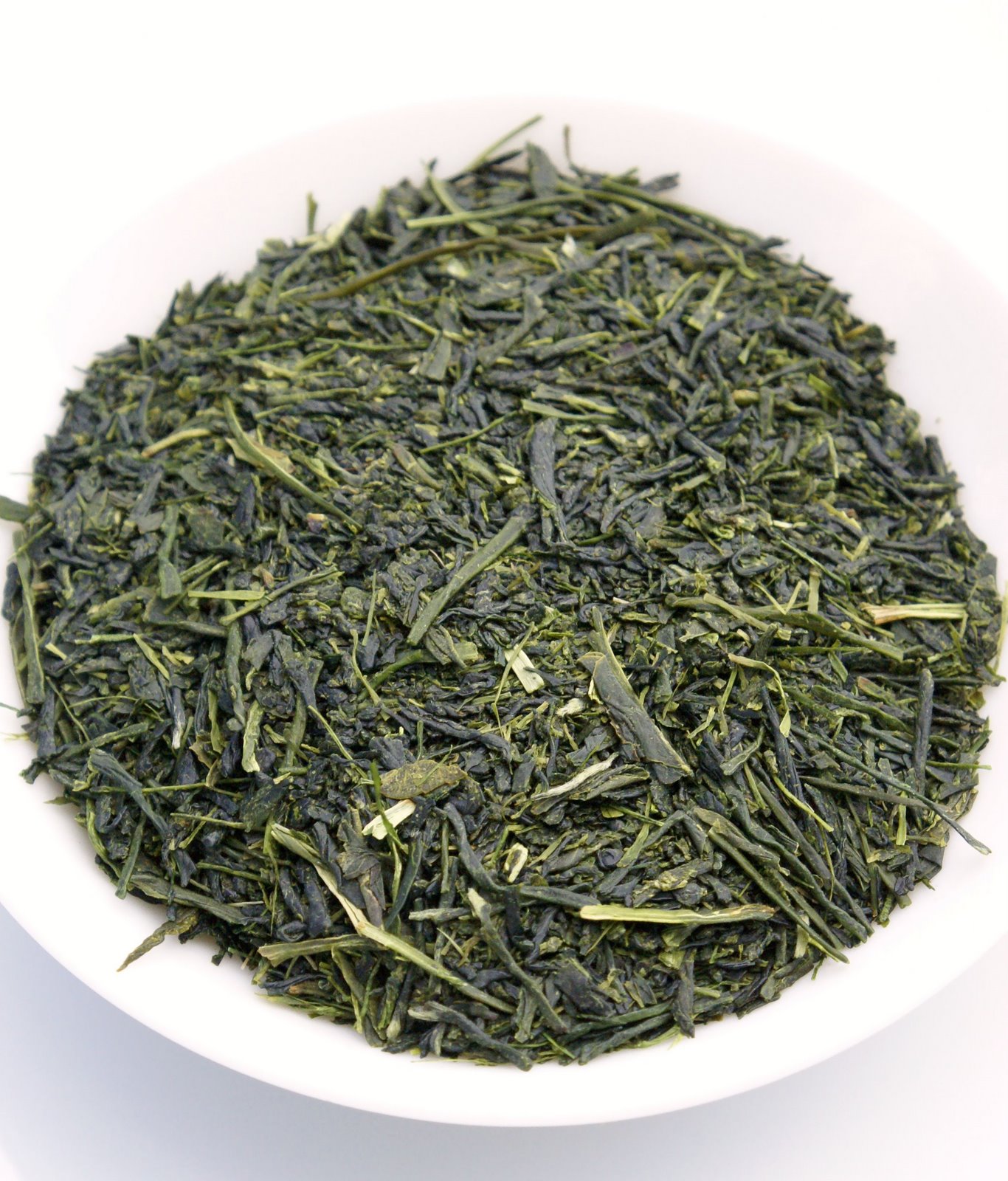
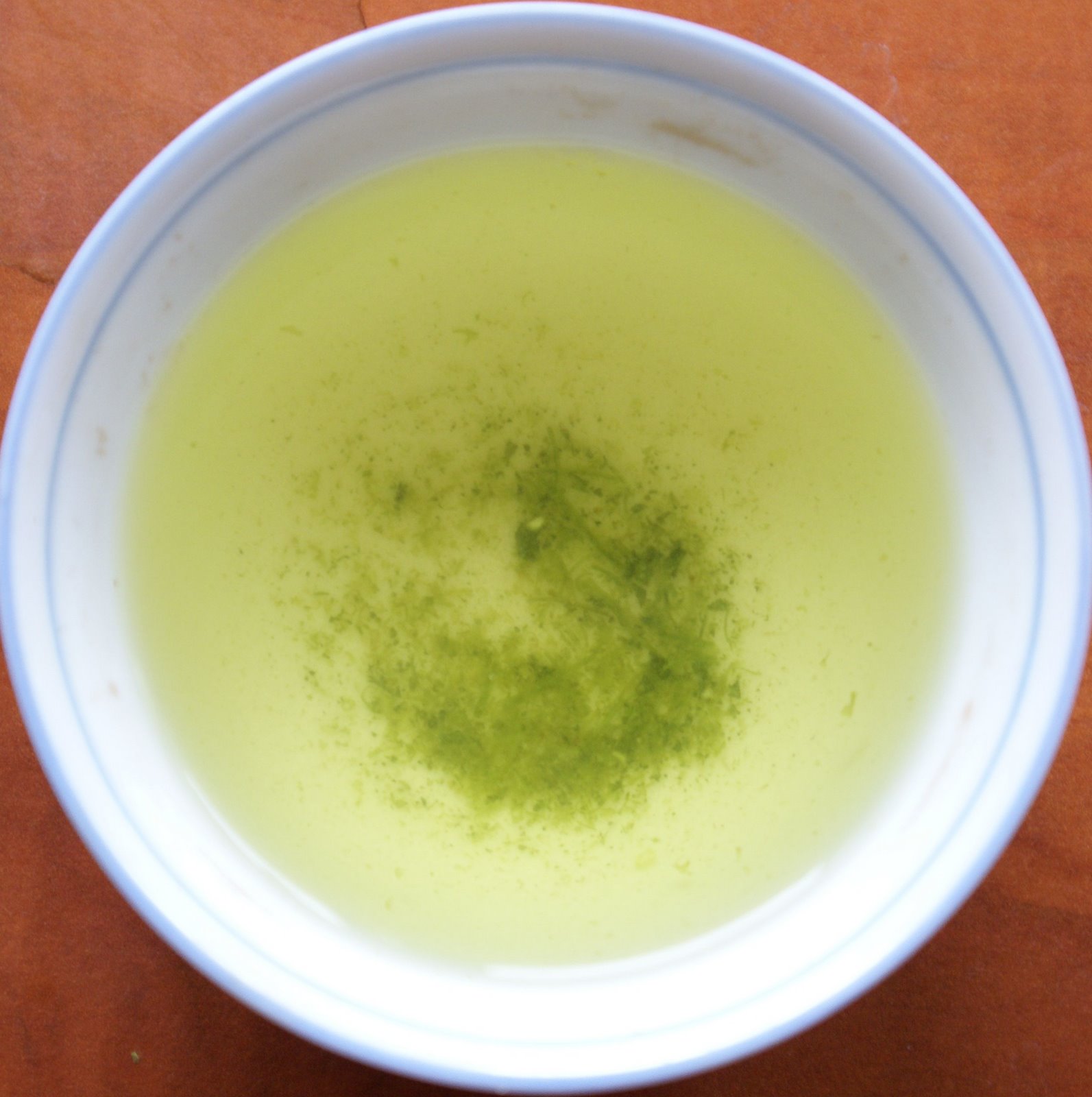
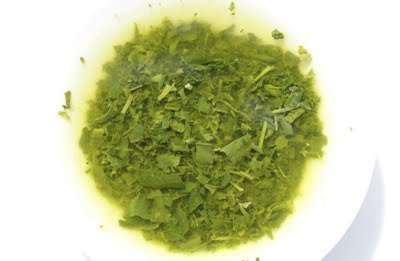
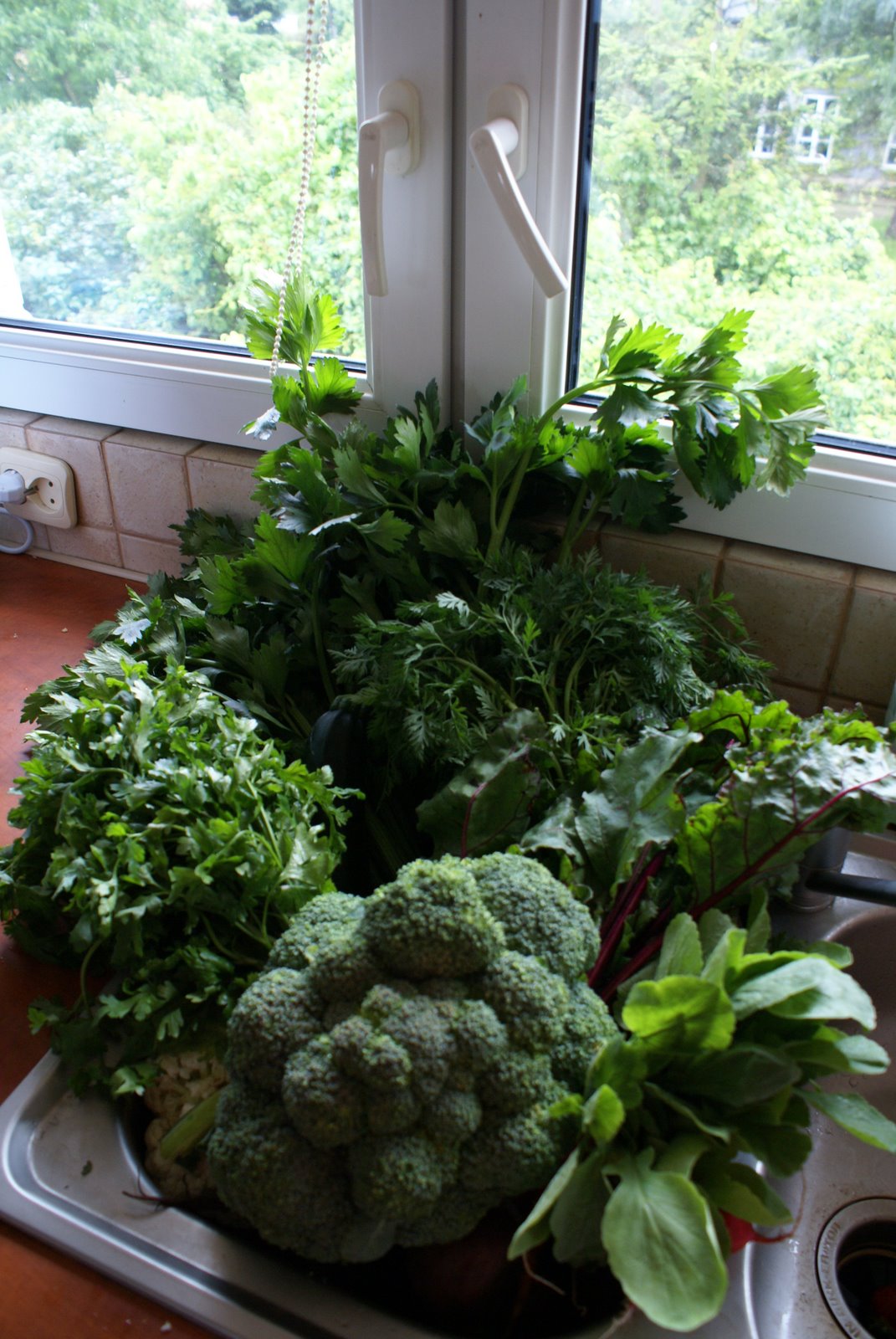
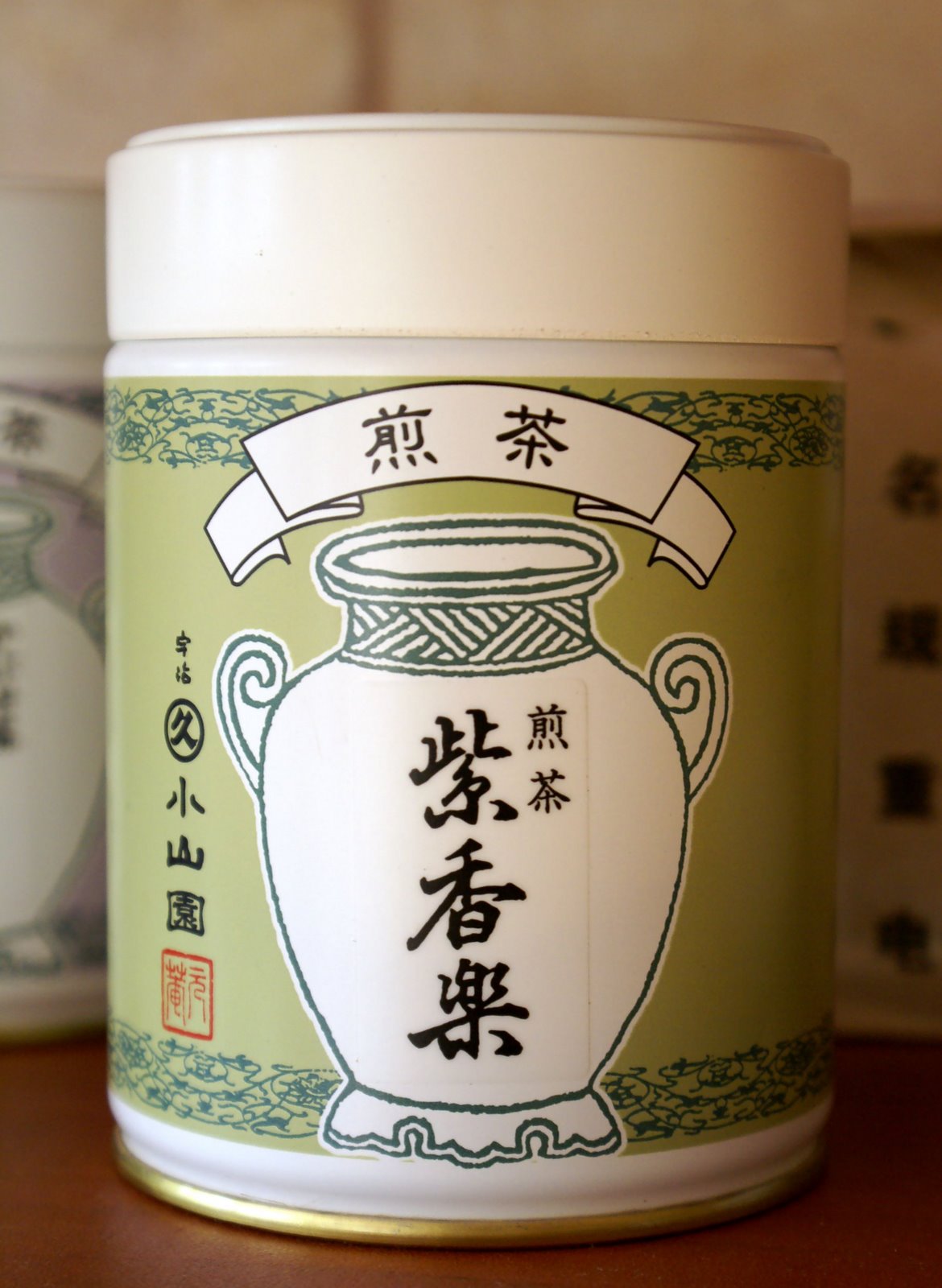 This 2009 Shigaraki Shincha is the second-cheapest from
This 2009 Shigaraki Shincha is the second-cheapest from 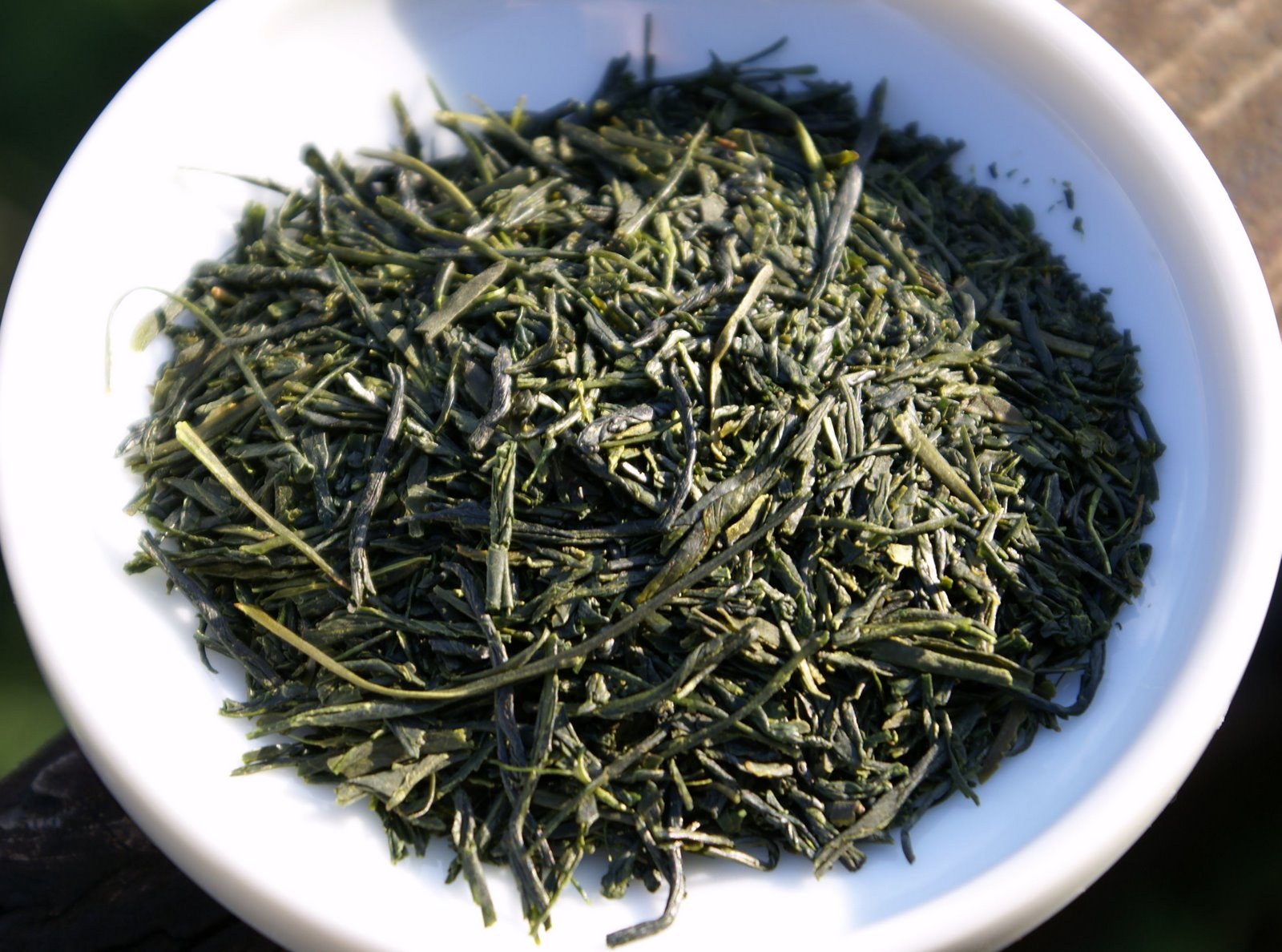
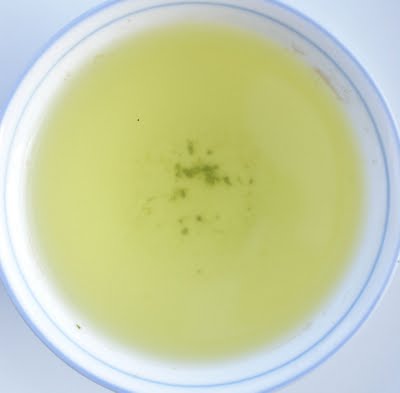
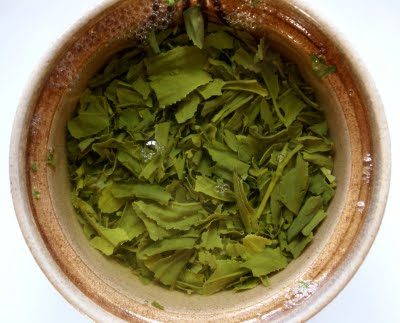 Shincha [first spring harvest of sencha] is often defined as bold and powerful, and tea vendors routinely warn you against overbrewing it. As with sencha, there’s a wide variety of styles and it all really depends on the region, tea cultivar, grade, processing technique etc. This tea is everything but ‘bold’, which is fine with me. For the price, it’s utterly good, and I highly recommend it.
Shincha [first spring harvest of sencha] is often defined as bold and powerful, and tea vendors routinely warn you against overbrewing it. As with sencha, there’s a wide variety of styles and it all really depends on the region, tea cultivar, grade, processing technique etc. This tea is everything but ‘bold’, which is fine with me. For the price, it’s utterly good, and I highly recommend it.